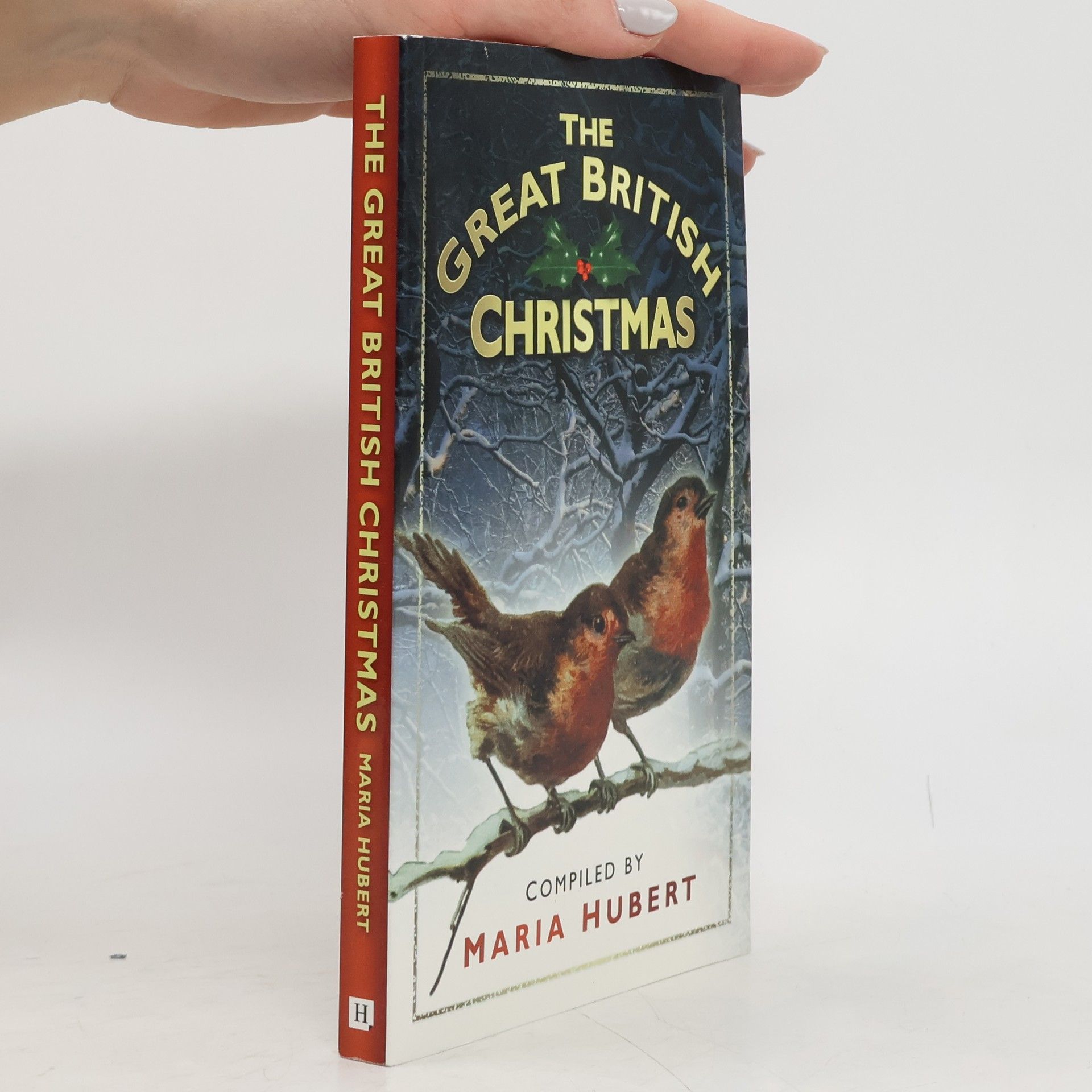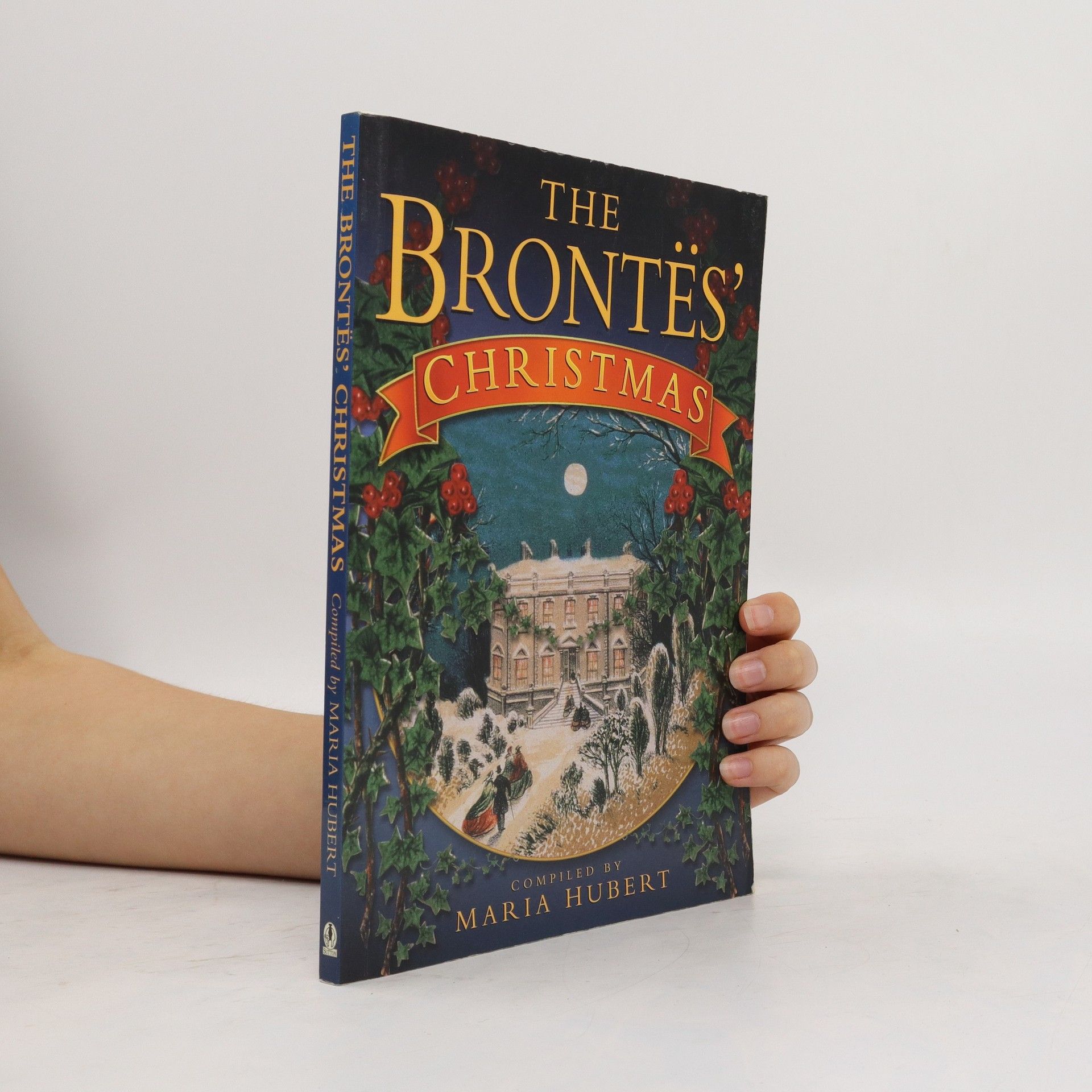This anthology describes Christmas in the Bronte household under the eyes of the sister's father and Aunt Bramwell, the glittering social whirl of balls, charades and other festive entertainments in which the Brontes participated at their various teaching posts, and extracts from their novels and poems about Christmas. Readers can dip into these pages and discover customers long forgotten -- Vessel Maids and Furmenty; the spice cake that Charlotte took around to her husband's parishoners, and childhood games enjoyed by the family.
Eva-Maria Hubert Livres



From the almost dismissive references in Jane Austen's novels, one could be forgiven for thinking that Christmas in Georgian England was a somewhat dismal affair. To the contrary, Miss Austen would have known elaborate house parties and fancy dress balls. The Mummers would surely have attended her home in Hampshire, as would the Waits, encouraging good Christians to awake on Christmas morning. She is also known to have enjoyed Christmas pudding, still then a fairly new dish, loved by the Georgian monarchy and copied by many families at the time.
The Great British Christmas
- 208pages
- 8 heures de lecture
A delightful history of how Christmas has been celebrated in Britain over the past 2,000 years. From the legend of Arthur pulling the sword from the stone one Christmas day, to when the Puritan Parliament tried to "ban" Christmas, through to Charles Dickens’s vivid recollections of his boyhood celebrations, and his delight in the present of a jumping frog. Amongst the wealth of stories and personal reminiscences this book also teaches us how the traditions we now hold so dear came into being, including Mrs. Beeton’s recipe for the original Christmas cake (made with a horn of mead), the birth of Christmas caroling, the first ever Christmas tree to be brought to England from Germany by Prince Albert, and the origins of the Christmas cracker. This is simply the perfect book with which to celebrate Christmas and all the traditions that surround it.